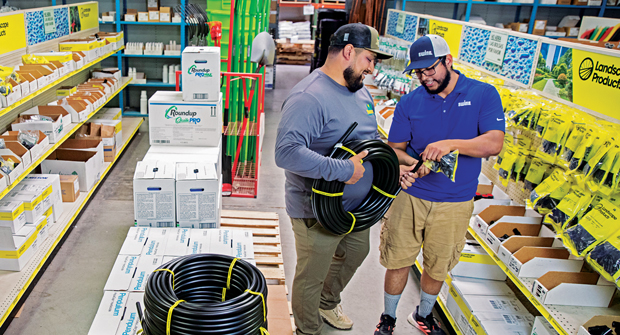Here is a quick insight into a long-misunderstood practice. If you only set your labor rates based on department or companywide cost analysis, you will leave a lot of money on the table.
The labor rates you use to price your services should not be equal across divisions or even within one division. Your rates need to vary depending on the type of work, type of job and type of client. You can’t just plug standard rates into your software and forget about it.
For example:
Labor only: When you are selling labor-only jobs, you should be raising labor rates (adding on extra gross profit) so that your “gross profit per hour” is raised up to a minimum standard. (A standard you set in place when you create your budget at the beginning of the year).
Material heavy: Gross profit per hour is also helpful when pricing material-heavy jobs. Companies that only use “revenue per hour” as their standard miss a big opportunity for ensuring standard gross profit returns.
Why is “revenue per hour” misleading? When heavy-material jobs are barely marked up, they will disguise your lack of profit per hour. Having said that, if everything in your estimating system is greatly standardized, like with irrigation service, then revenue/hour is fine. But in landscaping, you have to be more sophisticated.
Where else can you apply this? When you are making upsells to existing clients. Don’t use the same rate as you estimate property maintenance/mowing.
There is a lot to understand when applying gross profit per hour. You can even use it to justify lowering the price of certain jobs that you really want or with clients you really want. It’s not one size fits all.
I ask all my peer group clients to watch a one-hour webinar on this topic that we put together. We want our clients to win, and we thus promote this concept as a best practice. For more information on how to become a member of our peer group community, click here.


